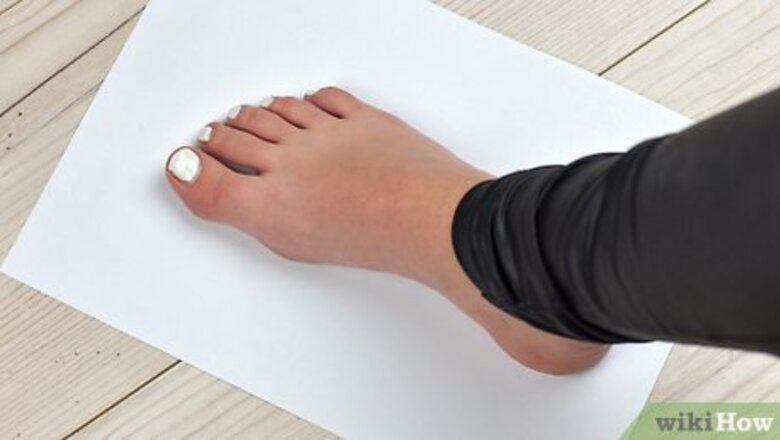
views
Measuring Your Foot

Place your foot on a piece of paper while seated. Sit down with your back straight on a chair. Take a piece of paper big enough for your whole foot to fit on. Place your foot flat on the paper. If you intend to wear socks with the shoe you're buying, wear those socks while measuring your foot.
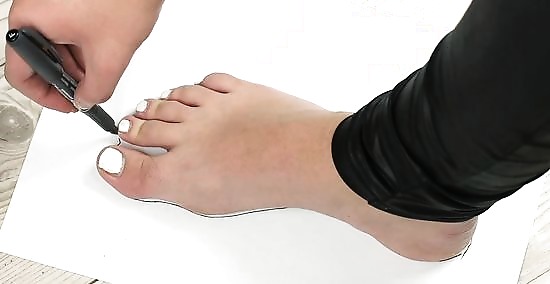
Trace your foot. With a pen or pencil, trace the outline of your foot. Keep the pen or pencil as close to your foot as possible. This will help ensure an accurate measurement. You'll get the most accurate measurement if you have someone else trace your foot while you remain seated upright, but it's okay to do it yourself. Alternatively, you can use a soft tape measure to measure the length and width of your foot directly.

Repeat with the other foot. After you finish measuring your first foot, do the exact same process with the second foot. Feet are usually slightly different in size, so you'll be picking shoes with your larger foot in mind.
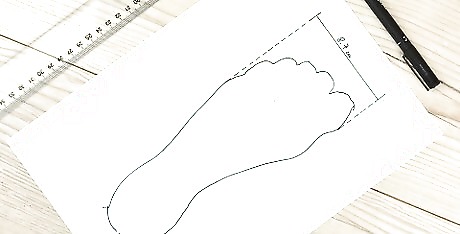
Measure the width between the widest points of each foot. To figure out the correct width for your shoes, you’ll need to determine your foot width. Identify the areas on your feet with the largest width. Take a tape measure or ruler to measure both widths. Typically, the widest part of the foot is just behind the toes, where the ball of your foot is located.
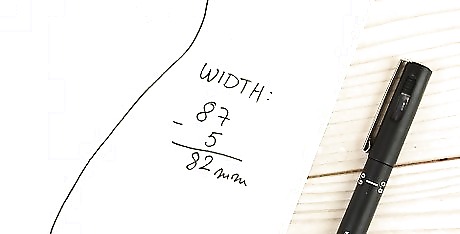
Subtract to find your shoe width. The first measurements will not be entirely accurate. The pencil will have created a small amount of space, making your measurements slightly larger than your actual feet. To determine your most accurate foot width, subtract ⁄5 inch (0.51 cm) from each measurement.
Determining Your Shoe Size
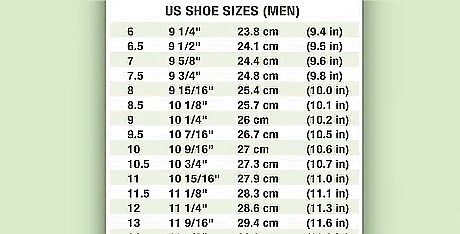
Identify your shoe size. With a simple internet search, you can find a general size chart for shoe size. Match the length of your foot with the corresponding shoe size. But also take note that there are different size charts based on gender. For example, a foot around 8.5 inches (22 cm) would be a women’s size 5 based on U.S. sizes. In European countries, the measurement of 8.5 inches (22 cm) would be a 35 or 36.
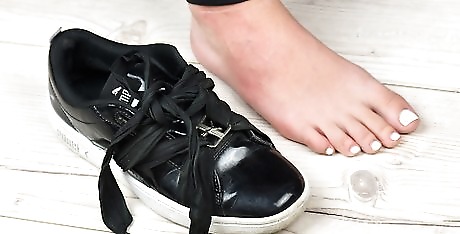
Figure out your width based on that size. The size chart should indicate your width based on your shoe size. After identifying your shoe size, look back to the width measurements of your bigger foot. Figure out what the width would be for your shoe size based on that measurement. For example, a woman with size 5 shoes with a shoe width around 4 inches (10 cm) would require an extra wide shoe. In stores, extra wide shoes are normally labeled as "E."
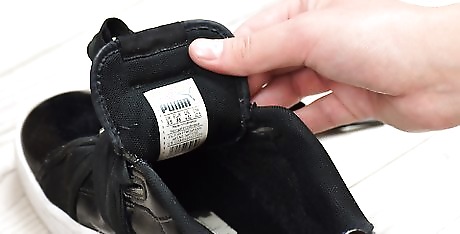
Use specific sizing charts when possible. Every sizing chart is different, and some companies’ shoes may run slightly smaller or larger than average. When buying shoes, see if the manufacturer has a specific sizing chart before assuming your shoe size based on a general chart. This will help increase the likelihood shoes will fit properly, especially if you're making purchases online.
Ensuring Accuracy

Measure your feet at the end of the day. The size of your feet fluctuates throughout the day. Feet tend to get bigger at night due to swelling. Measure your feet at night to make sure your shoe will fit throughout the course of a day.

Measure while wearing the socks you'll use with your shoes. If you're going to typically wear socks with your shoes, put your socks on before measuring your feet. For example, running or gym shoes are typically worn with socks, so put on your normal workout socks when measuring your feet. Some shoes, like sandals and some flats, usually are not worn with socks. In this case, it's unnecessary to wear socks while measuring your shoes.
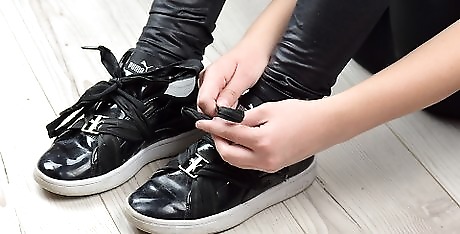
Try shoes on prior to purchase. Shoe size and width can help you find shoes with a higher chance of fitting. However, even if the measurements are correct, things like the shape of your feet can affect how a shoe fits. It's always better to try shoes on prior to purchase, to increase your chances of finding the perfect fit. If you do order shoes online, make sure it's from a company that allows you to return them for a full refund if they don't fit.
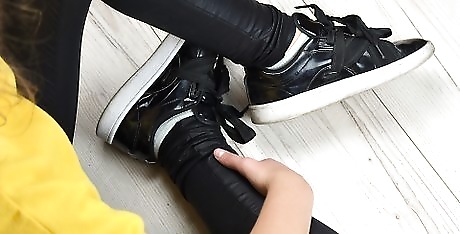
Buy shoes that will fit your largest foot. One foot is usually a little bigger than the other. Use this foot's measurements to determine your shoes’ widths. This way, your shoes will fit comfortably on both feet.



















Comments
0 comment